Meet the first African-American Homecoming queen
This win was much more than a crown during a football game.
Reverend Sheila N. Bouie-Sledge ran for queen in fall 1971 knowing she wanted to represent independent students, commuters and those who would be the first college graduates in their families.
“I had been really, really active politically on campus,” she said. She served in student government and worked as a resident assistant.
Bouie-Sledge became the first African-American Homecoming Queen at what was then Southwest Missouri State. Given the racial turmoil of the time, she was stunned by her victory.
“I was extremely excited and very shocked, just almost disbelief. … I just can’t tell you. I just wanted us, as individuals and people, to love and be respectful toward each other,” she said.
In college with her twin
When she earned her degree in political science in 1972, she became the first person in her family to complete a bachelor’s degree.
“People had different reasons for being in school and mine was not to get a husband or to party, mine was to make my mom and dad say, ‘I made the right decision. I’m so proud of you.’”
She didn’t do it alone: Her twin sister, Dr. Sylvia Saddler, also attended MSU, and they spent their days together despite being placed in different rooms in the residence hall. “They couldn’t keep us apart, to be honest with you!”
They still talk or see each other daily.
“She’s absolutely artistic and I’m absolutely political. I’m not artistic at all,” Bouie-Sledge said.
Bouie-Sledge is still grateful for how the school helped both sisters grow. “I think about what that campus provided for us, a very safe haven to be who God called us to be and to recognize that and to find ourselves. What we did there was like a launch pad for the rest of our lives.”
‘Homecoming is significant’
“Homecoming is significant in so many ways. To some people, it’s a weekend to have fun and relax; with other people, it’s a good football game. For me, it became a responsibility to step up and change who we are when we come home for Homecoming.”
Saddler retired as a St. Louis Public School District principal and art teacher, and Bouie-Sledge is now an associate pastor at Salem United Methodist Church in Ladue, Missouri. She is working on a doctorate of divinity, and her ordainment ceremony was actually held in Juanita K. Hammons Hall for the Performing Arts. She is also an inspirational speaker and started a nonprofit dedicated to diversity.
Bouie-Sledge has returned to the MSU campus for other Homecomings.
“I let people know I was Queen for the school, and they say, ‘wow.’ It actually did happen, and it was worth the work, it was worth the push,” Bouie-Sledge said.
To her, Homecoming can help people reflect.
Bouie-Sledge said, “If there are things we know we should improve, we have a responsibility to do it in such a way that is a positive change. We’re called to step out. We’re educated, we’re strong, we’re smart, and if we just do what little part we’re called to do, the rest of it will fall in place.”
Black Alumni Reunion
Reconnect with fellow alumni at the Black Alumni Council’s Homecoming Reunion Oct. 27-29.
Meet the first man to run for homecoming queen
In the 1970s, when gender roles were being examined and redefined, college homecomings around the U.S. were not immune to satire.
In 1971, a refrigerator was actually crowned homecoming queen of the University of Chicago.
Missouri State students had heard rumors about other schools nominating cows and animal mascots.
“It was funny! I just think, there’s lots of fun out there if you’ll give yourself a shot at it. You’re gonna get a little flack back, but who cares? I mess with people any chance I get.”
So when Mark Robinett’s buddy, Will Rogers, saw a paper saying it was the last day to sign up to run for the 1976 MSU Homecoming queen, he “hopped up right then, went up there and signed me up,” Robinett said.
He found out there were rules about running for queen.
“You had to have a sponsoring organization, and have the president sign off. Well, it just happened that I was president of the Spanish Club. I had no problem securing my own signature!”
For Robinett, a straight man, it wasn’t a push for big social change, or any kind of huge commentary on men and women. He told The Standard in a story published Oct. 1, 1976, that a very small percentage of students voted in MSU Homecoming elections, and he just wanted to shake things up and address the apathy he saw.
The move fit into character for Robinett, who worked as a train robber at Silver Dollar City for five years during school breaks.
“We got paid for acting silly, and quite frankly, I’ve never recovered,” he said. “No one believes me now that I used to be shy in high school. I’m telling you, when you act silly in front of thousands of people a day, you get over being shy.”
However, The Standard article noted that he was disqualified before voting started due to the wording of regulations regarding the elections.
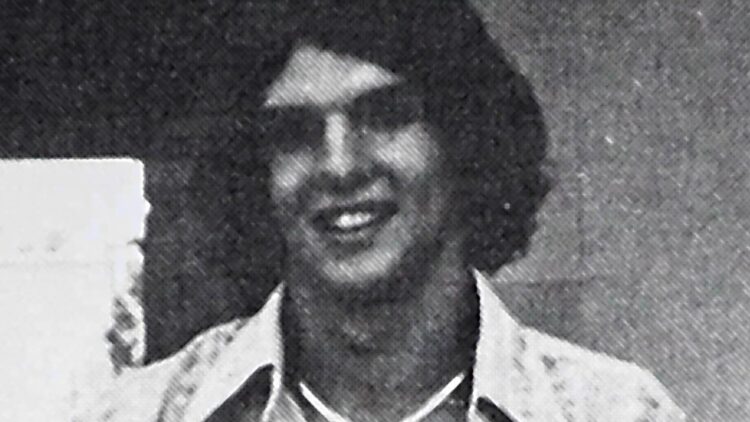
He admits some people were concerned he was mocking a campus tradition, but says most of the administration was “very cool throughout the whole process.”
He had a chance to meet with Dr. Duane Meyer, the university president who talked with him during his disqualification, in the middle of his career. Robinett, who earned a bachelor’s degree in French in 1978, started selling photocopiers after college. He eventually became a Minolta dealer.
Robinett ran his own business in Springfield, Robinett Business Systems, for 23 years. He sold it about eight or nine years ago.
“My proudest achievement is spawning another generation of Bear Cubs!”
“Years (after the Homecoming kerfuffle) I got inducted into Rotary Club, the business organization. When I got down off the podium, Dr. Meyer was the first guy that came up and congratulated me. He was very gracious about it. Of course, he was long over it by that time.”
The entire experience didn’t dim Robinett’s enthusiasm for Missouri State, and he still says running for queen was one of his favorite college memories.
Now, he frequently comes to sports events “to yell for the Bears.”
He was the first person to attend Missouri State in his family, and now a handful of his children, stepchildren and children-in-law are attendees or alumni.
Homecoming king started in 1979
In spring 1979, the MSU Student Government Association amended the Homecoming election by-laws to include an election of a Homecoming king for the first time. The by-laws were also changed to ensure both king and queen candidates met a minimum GPA requirement and were involved in MSU activities. The first king was crowned in October 1979.
Source: Southwest Standard, May 4, 1979
Meet the first Homecoming king
Dave Cox, a speech communication major, never planned on running for Homecoming king.
Until his junior year at Missouri State University (then Southwest Missouri State University), the title of Homecoming king didn’t even exist.
From 1940 to 1978, the Missouri State Homecoming queen sustained a solitary reign. It wasn’t until 1979 that the Student Government Association cleared the way for a king to join the court.
Cox, a 1980 graduate of Missouri State, was perfectly content with staying on the sidelines of the first-ever campaign for king.
His friends had other plans.
“I recall thinking, ‘How in the world did this happen?’ I immediately thought of the folks at Wells and ICTHUS who had gone out of their way to help me win. I knew they all had to be pumped.”
A strong candidate for king needed to have excellent grades, a high level of involvement on campus and a personality infused with school spirit. Attending college in the era of “Animal House,” Cox assumed that the first man to be crowned king would most likely be a member of a fraternity.
When a group of friends from Wells House asked for his permission to nominate him, however, he said yes.
After Cox gave his friends the green light, Wells House held a meeting to select its candidate. During the meeting, each potential candidate answered the question, “If there is one person in the world you could be, who would it be?”
Cox’s answer would eventually secure his nomination.
“I paused to think for a moment, and then said, ‘Me,’” said Cox. “I felt that I had a really blessed life. I was surrounded by people who loved me and challenged me to be my best. I couldn’t imagine being anyone else.”
Once the campaign began, Cox and his friends created posters and other materials to encourage students to vote for him. One of his favorite memories of the campaign was getting to know the other candidates.
“They were an incredible group of people,” said Cox.
At the Friday night pep rally, Dave Cox was announced as Missouri State’s first-ever Homecoming king.
He was stunned.
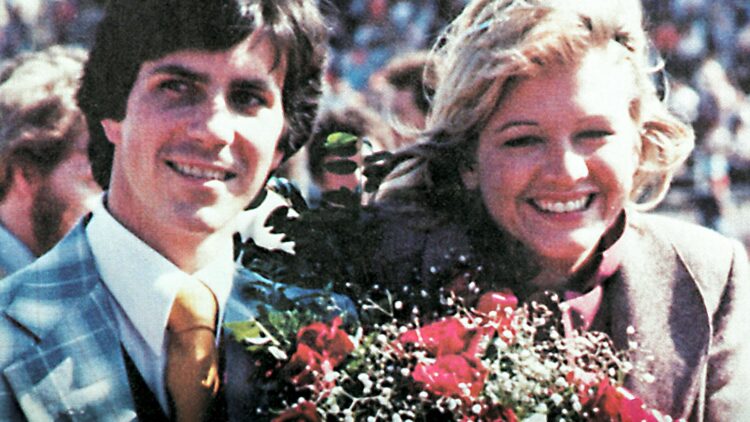
“I have spent my life in one type of service or another. It’s the most rewarding life someone can have. I know helping one person may not change the world, but it could change the world for one person.”
In the aftermath of his win, ICTHUS saw a noticeable increase in attendance. Cox continued in his leadership role until graduation in December 1980.
Since then, Cox completed his master’s degree and worked in full-time ministry for many years. He counts himself blessed to be surrounded by six children, two grandchildren and his wife, Ashley.
Now a wealth advisor with KC Financial Advisors, Cox continues to pursue a lifestyle that seeks to serve others. This attitude was first instilled in him by friends and mentors during his time at Missouri State.
“I remember professors who genuinely cared, friends who helped me become a better person and roommates who challenged me to make good decisions,” said Cox. “Drawing from those influences, I’ve had the opportunity to pour myself into people and be there for them in the highs and lows.”
Meet some Homecoming Superfans!
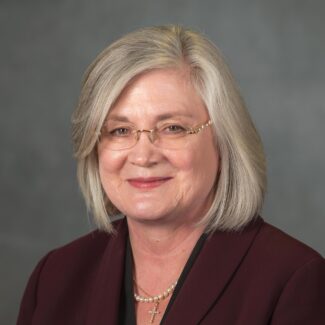
“I try to attend MSU Homecoming every year. Every year, it just gets better and better. I especially love BearFest Village’s new location on campus, and the Homecoming Headquarters at the Welcome Center. It is a family-friendly celebration — there are many activities for alums of all ages and future Bears as well!
“My favorite event is reconnecting with my college sorority sisters. (I am still a proud Alpha Chi Omega.) We were charter members of the Missouri State Zeta Sigma Chapter. Many of these amazing women I had not seen since college and when we met up again a couple of years ago, the years in-between melted away and we picked up our friendships.”
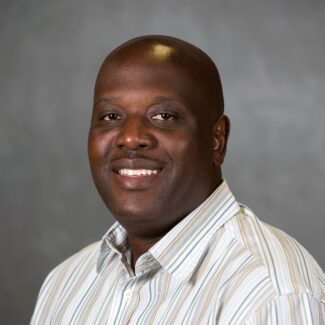
“This will be the fifth year in a row I’ll be at Homecoming. I’m through Springfield all the time for business. One day I had a little time, so I said, ‘I’m just gonna drive by the campus.’ I’m looking around like, ‘Wow! What is all this going on down here?’ At that point, me and a couple of my buddies made a decision: We’re going to Homecoming.
“We were surprised that the tailgating had moved from the parking lot to what they call BearFest Village now. We’re like, ‘Well, that looks awesome.’ So, then we’re putting a ton of pictures on Facebook, a lot of our friends were seeing it and were like, ‘We’re coming next year.’ The second year, we came back with six or seven people. Third year, it was 15 of us — all grads. Last year, we had 27 people from the Kansas City area. So far this year, I have about 40 commitments.”
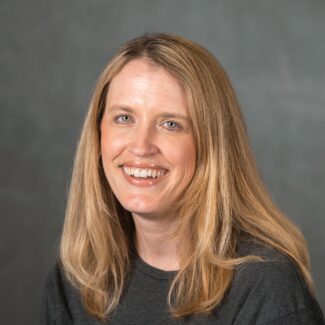
“Homecoming has changed greatly since I was a student. My favorite event is Breakfast with Boomer. I love that the kids can be involved, get a fun picture with him and enjoy being a Bear with their parents.
“I would say that if you haven’t been back in five or more years, then you would be shocked at how different it is. Tailgating has much improved in location and attendance, there are new activities for kids, and the Welcome Party is an awesome place to start your weekend. There are so many renovated and new buildings to come back and see, too. For all the business majors, you NEED to see the new and improved Glass Hall. The campus is even more gorgeous than you left it!”
Be a #BearsHomecoming Superfan
Meet the first person to ever be Boomer
It was fall 1981. Traci Sooter, ’84, was invited to join the then-SMS cheerleaders at a football game in Jefferson City, Missouri.
The cheerleaders had two suits for the mascot, called “The Bear.” The cheerleader currently playing The Bear had hoped to focus just on cheering instead. So Sooter wore the extra suit and “beared it” with the spirit squad.
“The mascot suit we had looked like it might be for a high school. It just had little mittens and there were no feet for The Bear. You could see my tennis shoes underneath; the head was just a little bit better than a paper-mâché head. And it had no name. It was just ‘The Bear.’”
1982
That summer, Sooter was sent to a spirit camp in Memphis, Tennessee, to receive mascot training with other students from all around the country. Once she saw the other mascots, Sooter knew The Bear needed some work, especially if it was going to be up-to-par with other universities. It would need a personality — a name, a walk, gestures and antics. It would also need a new suit.
“I felt like it would help the whole university. … Once you have a name, rather than The Bear, all of sudden, it’s a character. It’s not just a thing.”
1983
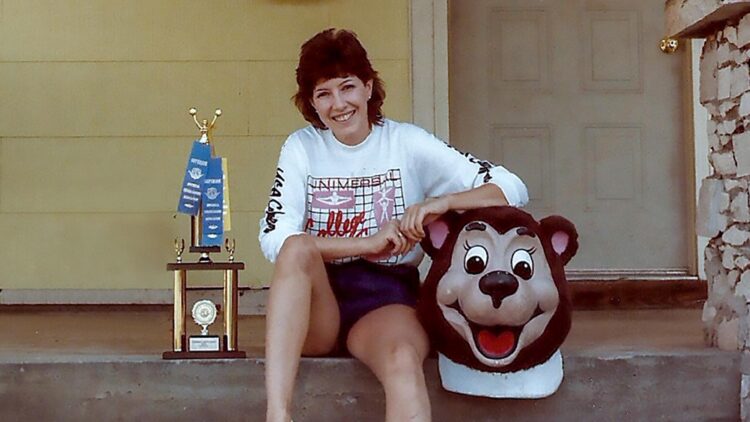
Sooter set out to make The Bear better. She worked with then-Athletic Director Bill Rowe to create a contest with prizes for The Bear’s name and a fundraiser for The Bear’s suit.
The 1984 Ozarko reported that Wendy’s sponsored the naming contest and helped generate money to buy the costume.
Soon, it was official. The Bear would become Boomer.
“It was fantastic. I really wanted to make our mascot into something that was competitive with the big universities across the country.”
The name was announced at the Dec. 8, 1983, basketball game.
“There was a lot of work in making that change, but it was so exciting to actually get it. At the time, it was a dream come true.”
1984
Boomer’s personality was coming to life. He just needed a new suit to match.
Shortly after the name change, Rowe told Sooter the full amount of money had been raised for the suit. Sooter worked with Rowe to design and develop the suit.
When the new suit arrived, Sooter was thrilled. It was bigger, better and long-awaited — and they would get to unveil the new suit before she graduated.
It was ready for football season, including Homecoming, in 1984.
Mascot memories
At the first-ever unveiling of the new suit, Sooter was blinded by the bandana she wore around her head after she did a toe touch. “I can’t see anything. … I can’t reach up in the head and pull the bandana up, because that breaks character.” She was supposed to run to a four-wheeler that would take her around the field. She moved her head around inside the costume over and over again. “I finally get a tiny little corner of the bandana up so I can see the four-wheeler. I get there, just in time, as the team is running out on the field.” No one ever suspected a thing, she said.
Her mascot awards include multiple spirit sticks and first place in several competitions, most-improved mascot her second year at the Universal Cheerleaders Association College Spirit Camp and best overall mascot her third (and final) year at the camp.
She nearly drowned the costume, and herself, attempting to jump into an inner tube at a swim meet. The tube flipped out from underneath Sooter, and she began to sink “like a rock.” Sooter was able to get herself to a shallow end where she got out OK.
Before getting the new mascot suit, Sooter and MSU alumna Marilyn Starnes-Biggs would make shirts, hats and other costume items for The Bear. “She just did it out of the kindness of her heart. I used to go to her house and we’d have fittings.”
She ended up at the chiropractor a few times after being dropped while crowd surfing — an outcome of the crowd chanting “pass The Bear” at every football game. She was also a member of Sigma Kappa sorority and a Sigma Tau Gamma little sister.
She retired as Boomer at the last basketball game before her graduation in December 1984.
Once Boomer, now an architect
Traci Sooter, who earned a bachelor’s degree in marketing, went on to earn a master’s degree in architecture in 1999 and a master’s degree in construction management in 2000, both from Washington University. She is a registered architect who once worked as a general contractor.
Now, she is the director of design/build programs and a professor of architecture at Drury University.
She specializes in sustainable design/build courses serving charities and communities in need, and has led her students through four projects with “Extreme Makeover: Home Edition.” Sooter has also worked on other community projects, including the first-ever platinum LEED home for Habitat for Humanity International. (LEED, or Leadership in Energy and Environmental Design, is a program that certifies sustainable, “green” building.) She co-led a team of more than 100 students to compete in the U.S. Department of Energy’s Solar Decathlon.
Sooter has also presented at international, national and regional conferences and has authored and co-authored book chapters and articles.

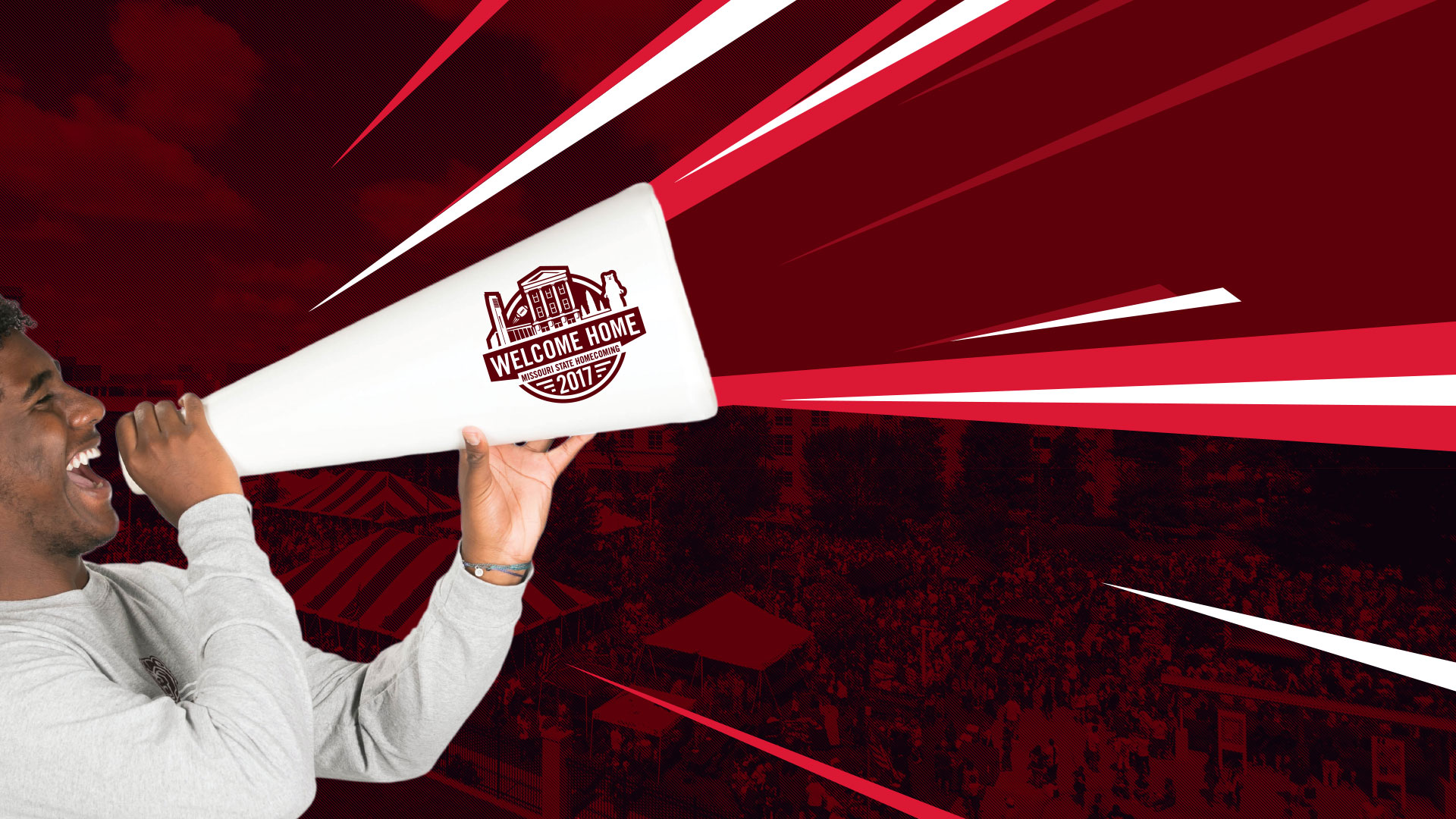
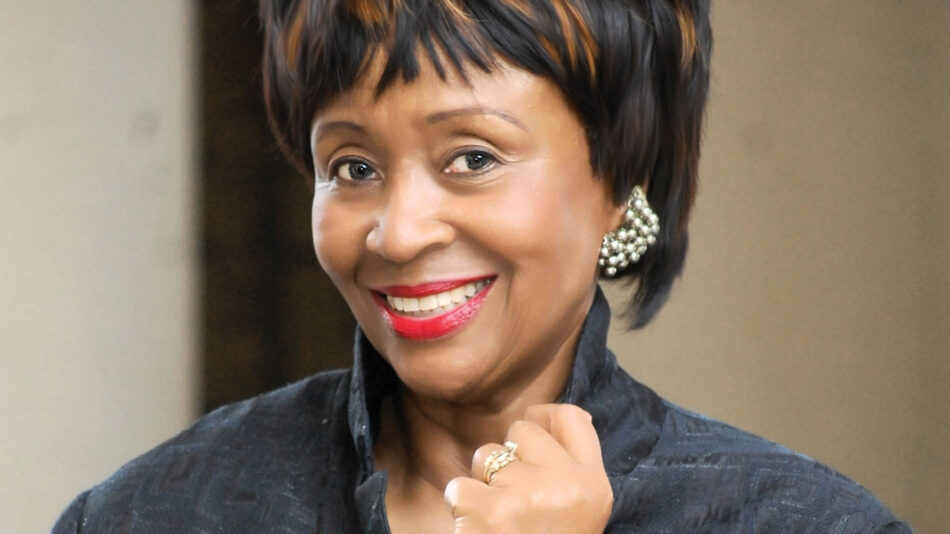
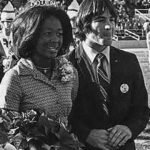
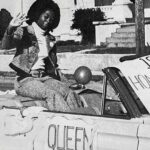
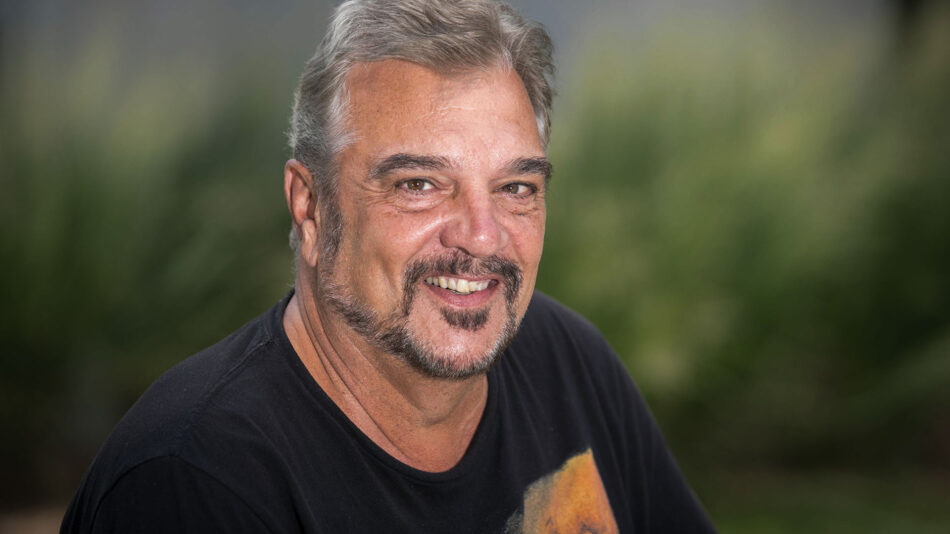
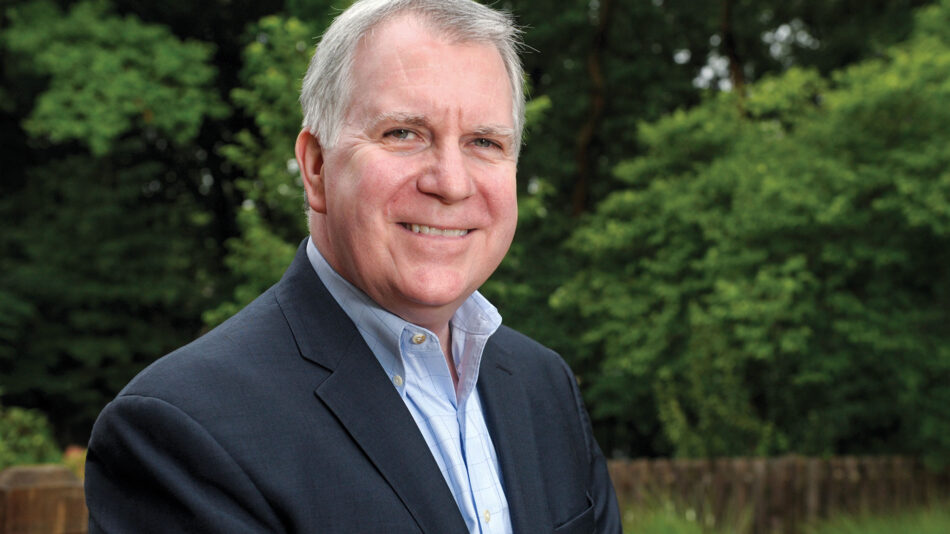
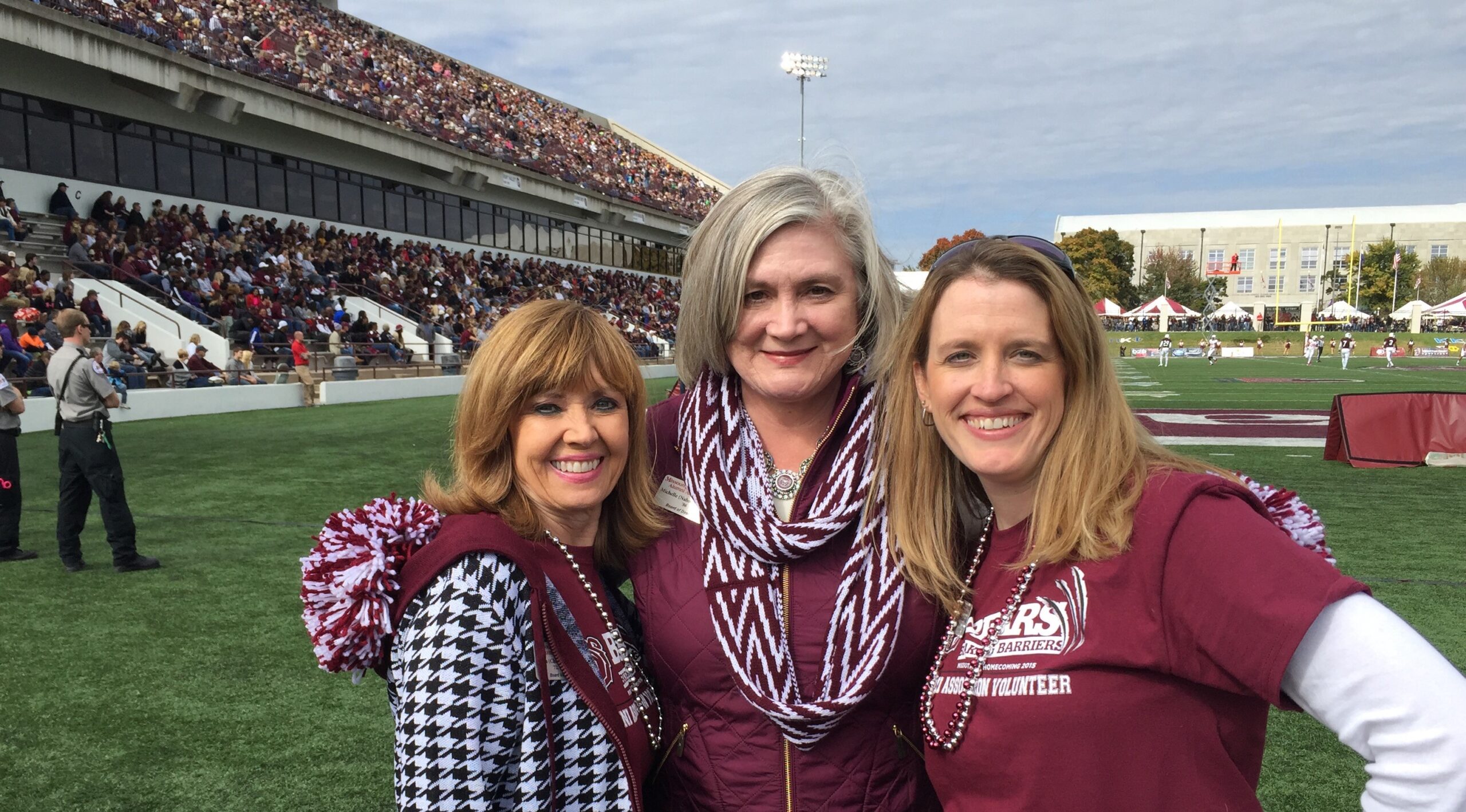
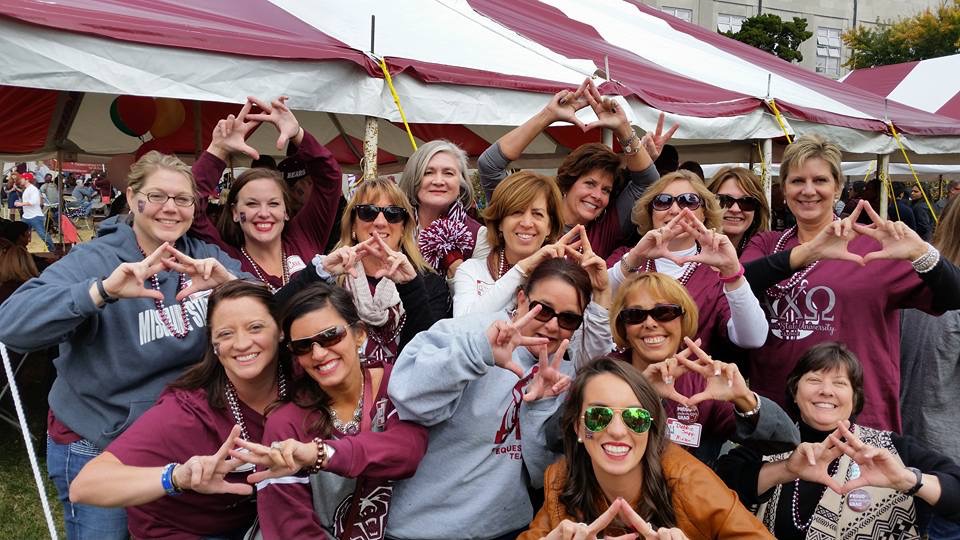
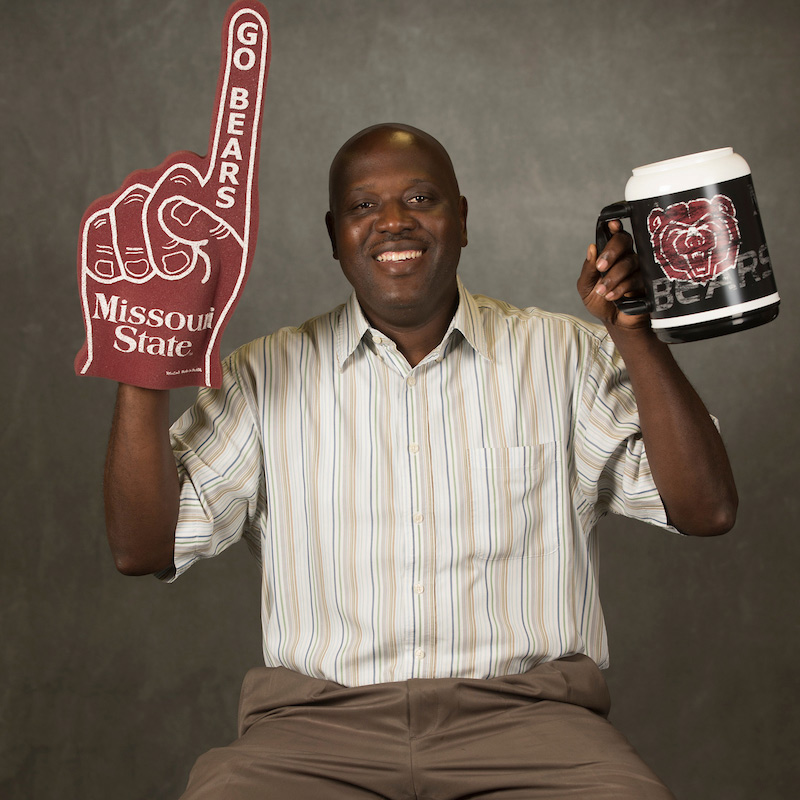
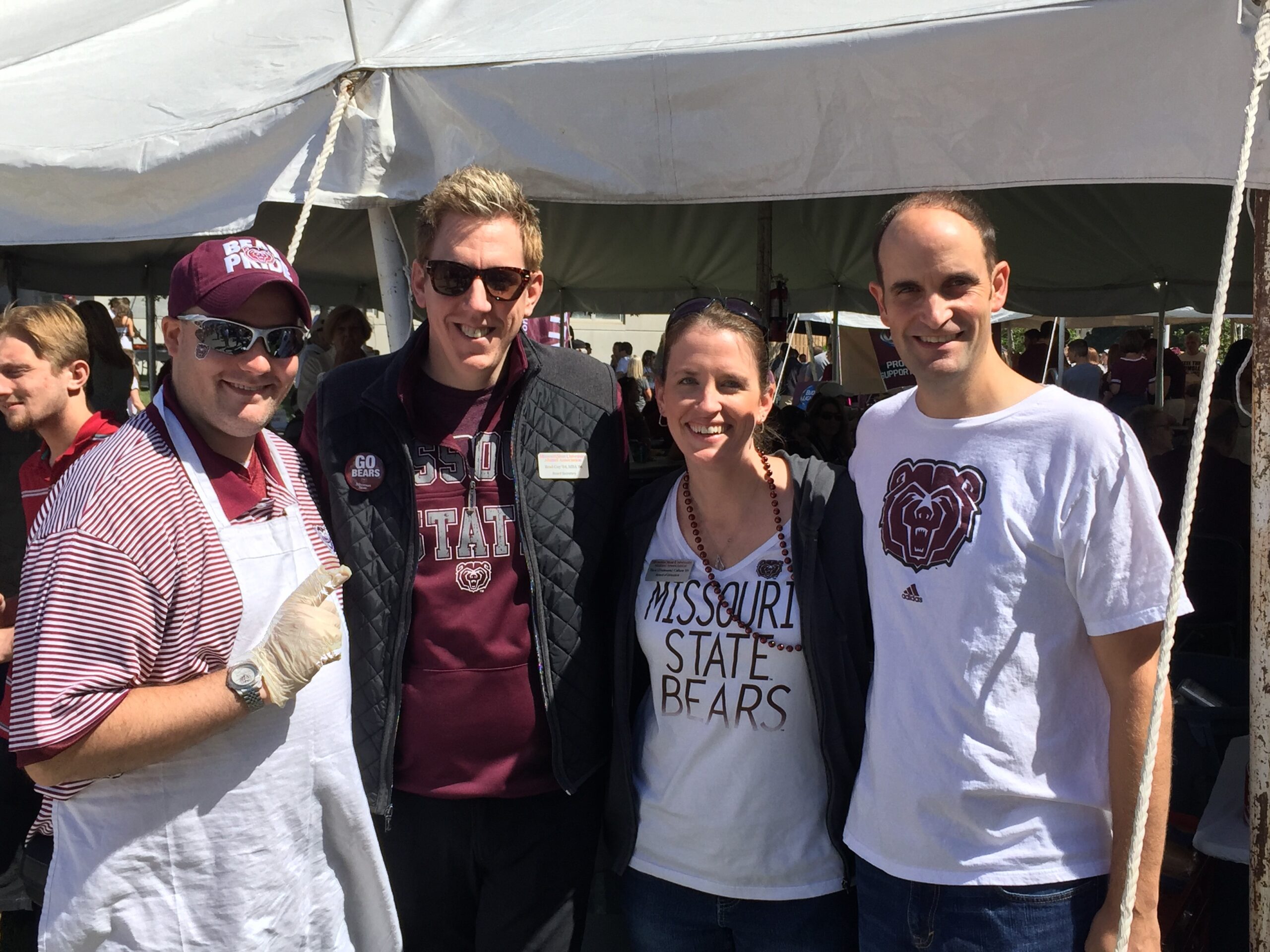
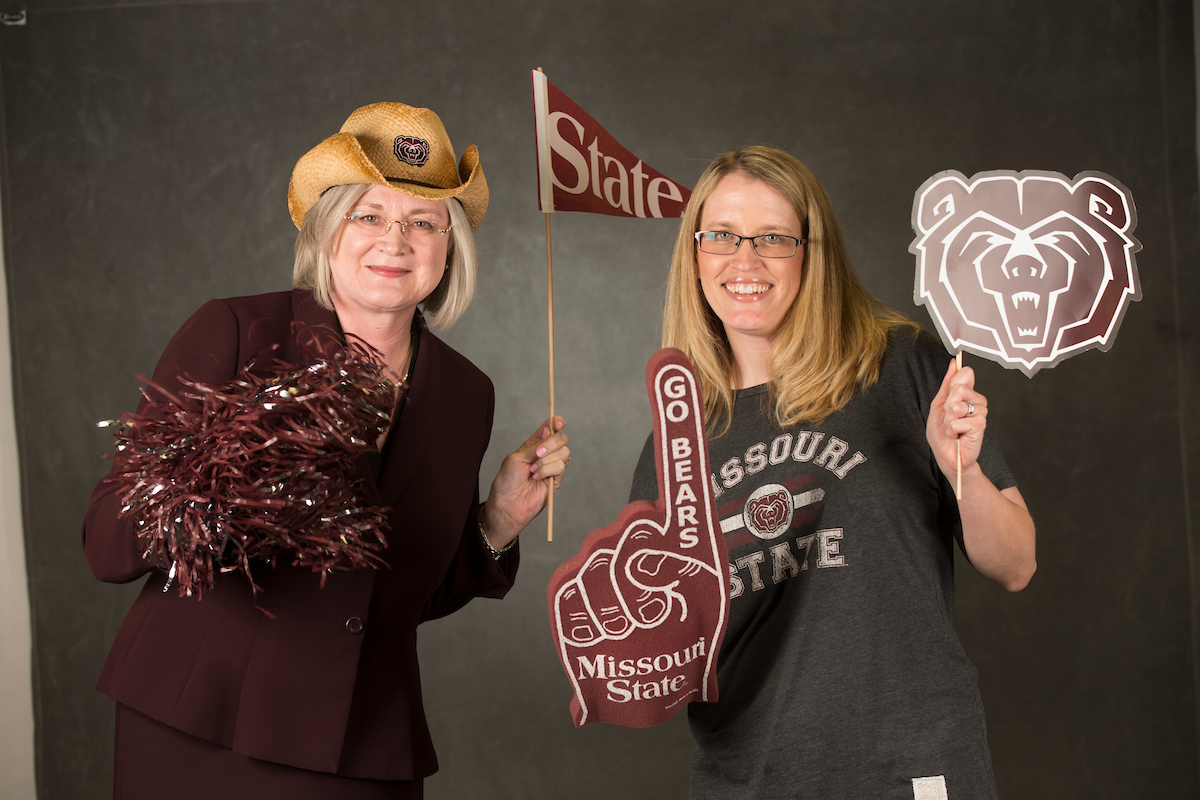
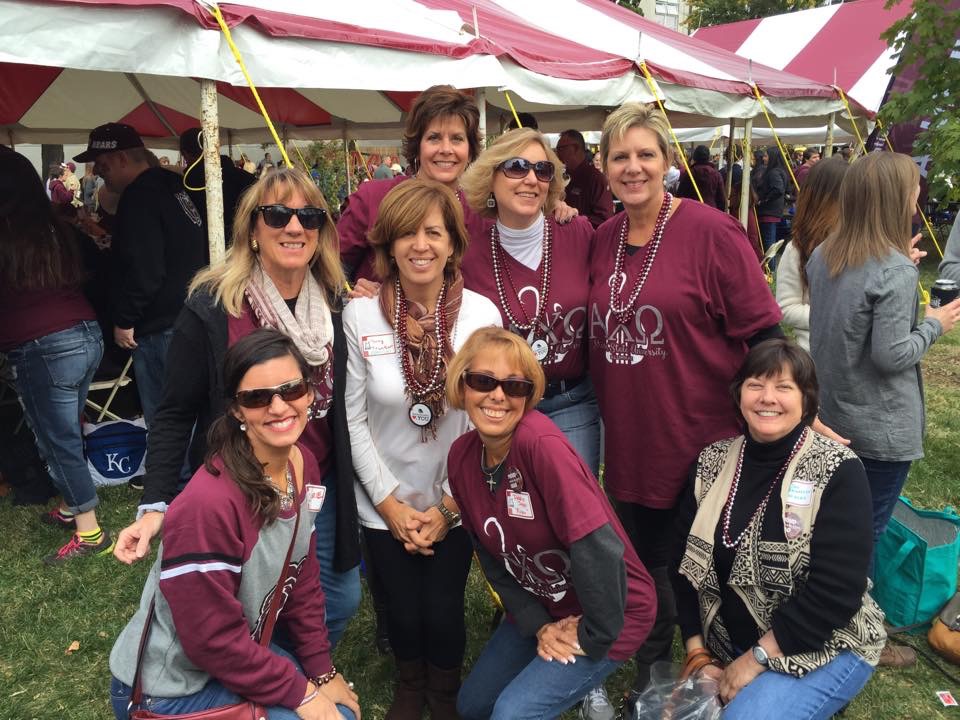
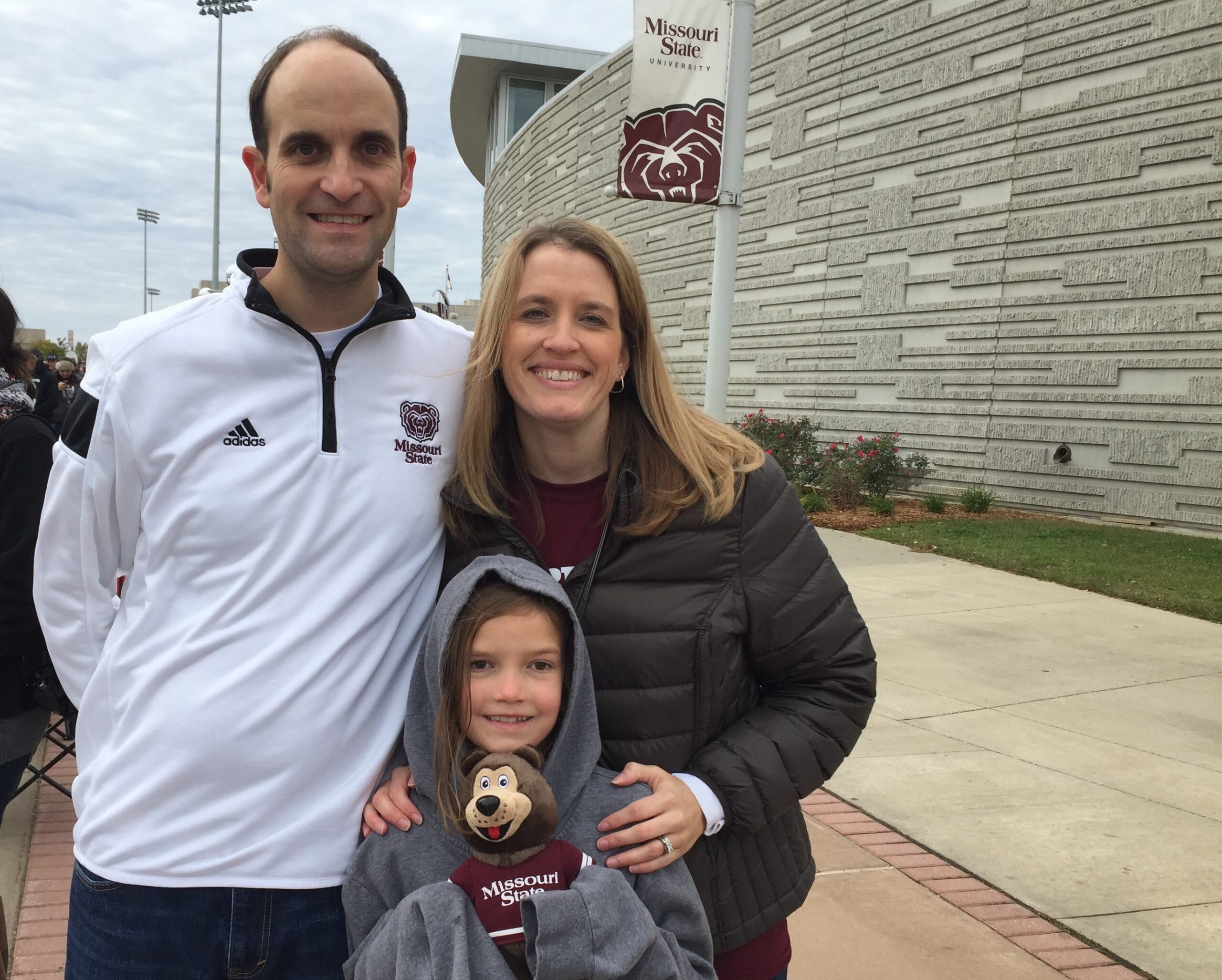
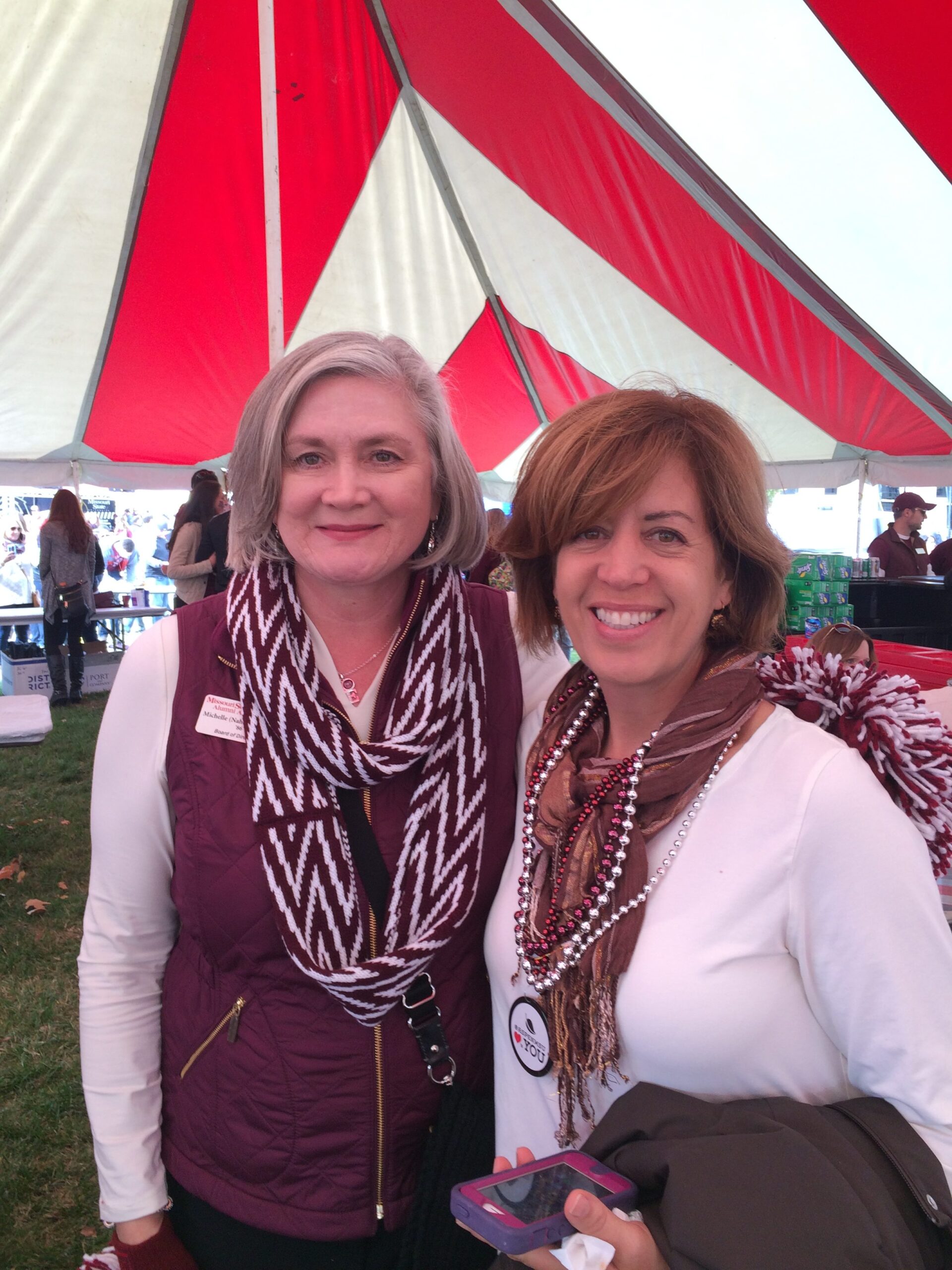
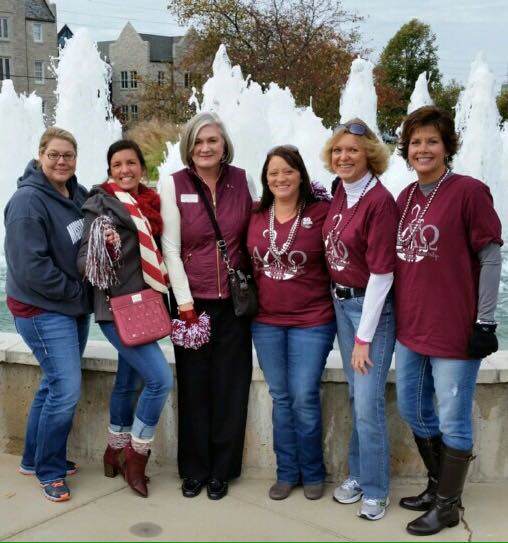
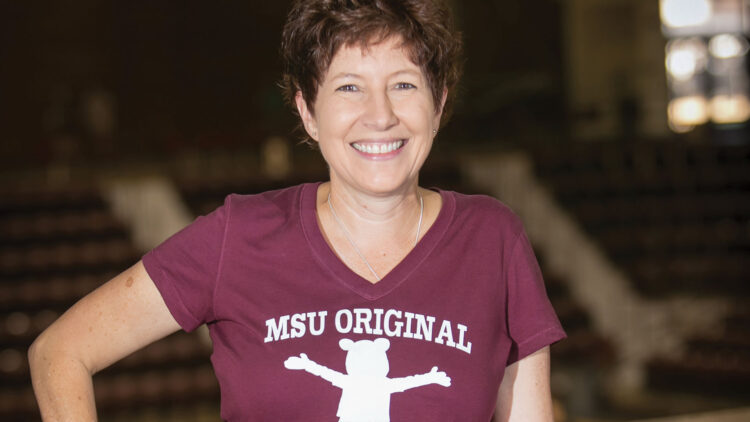
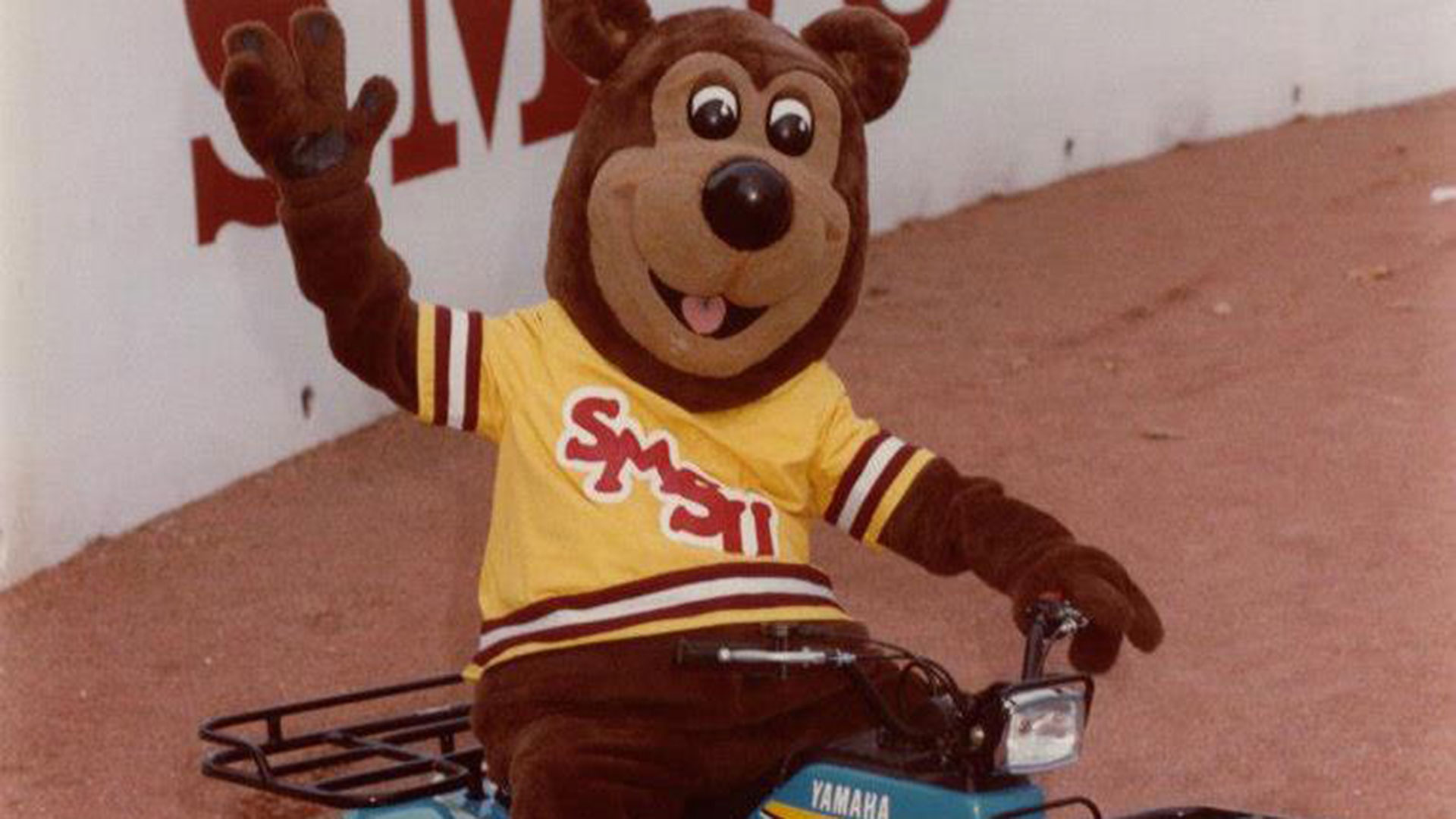
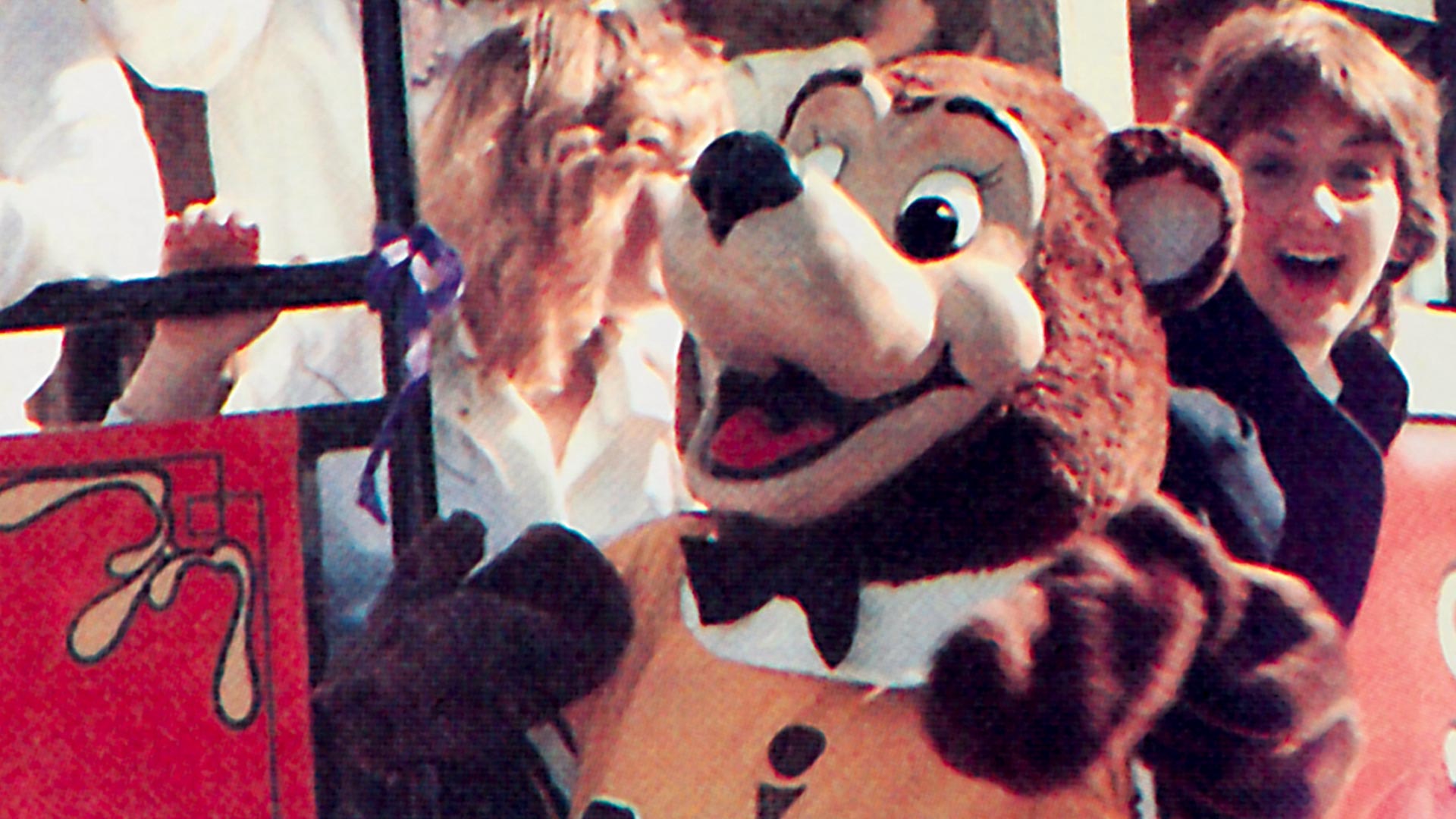
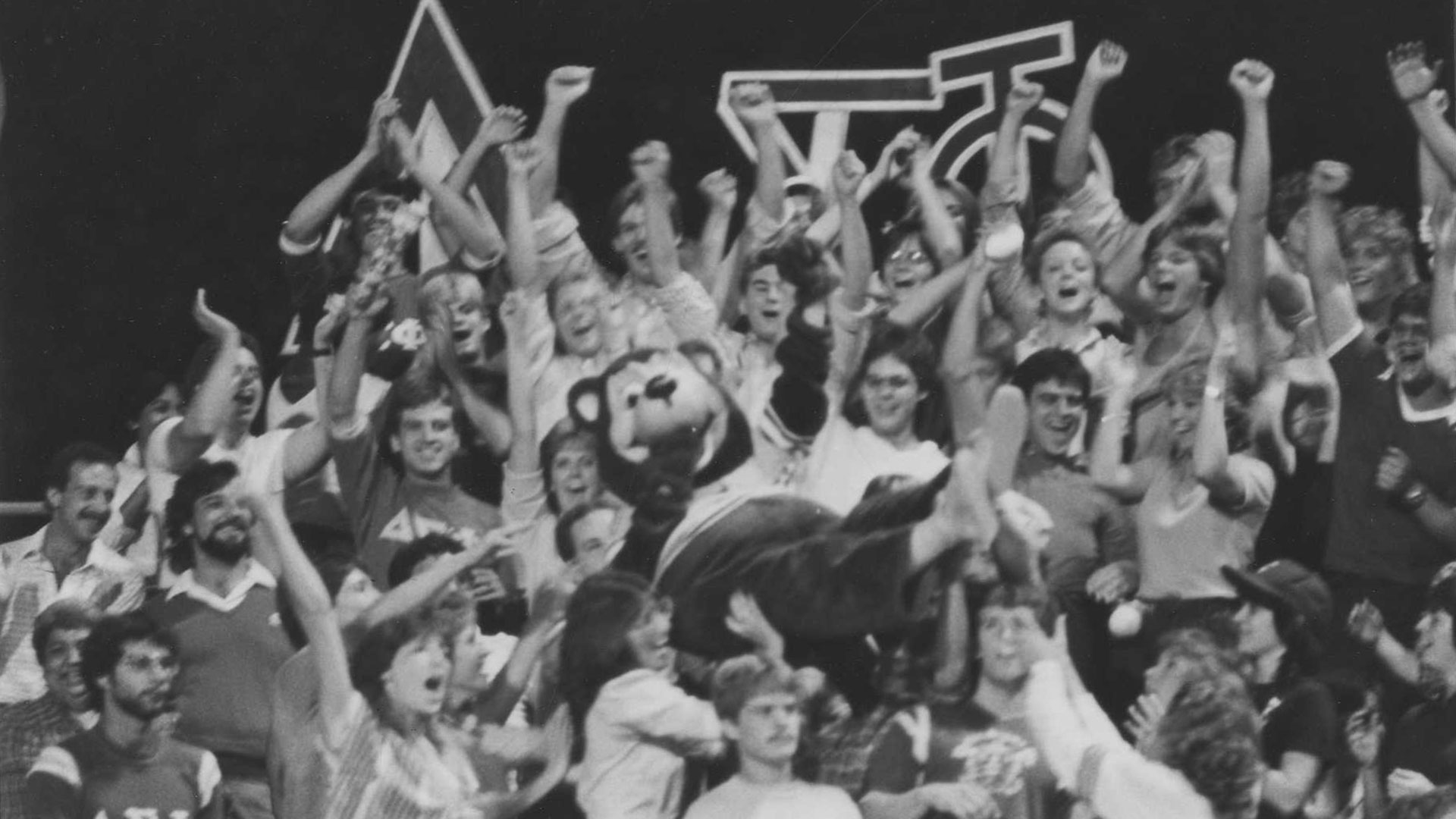
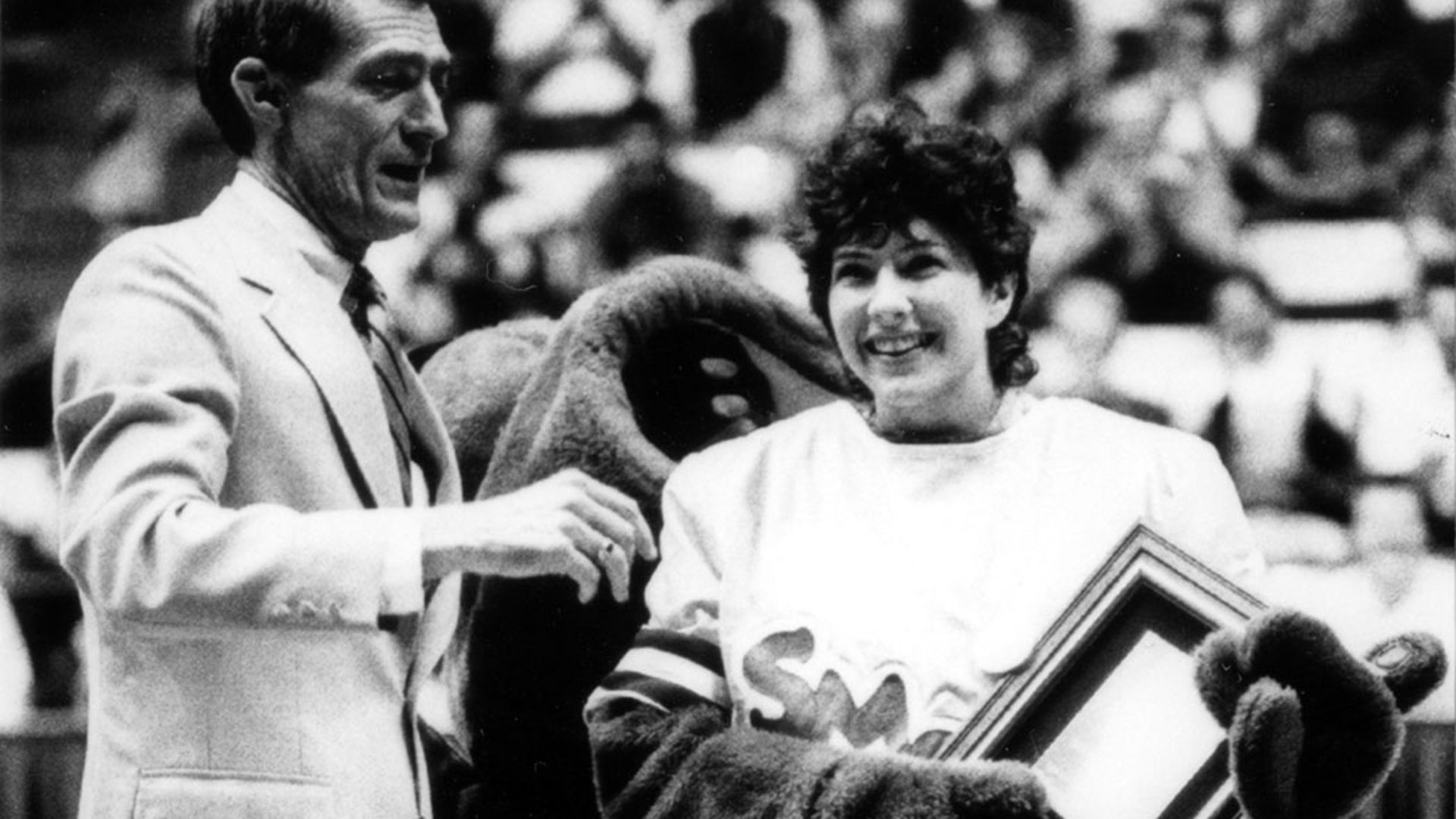
Leave a Reply